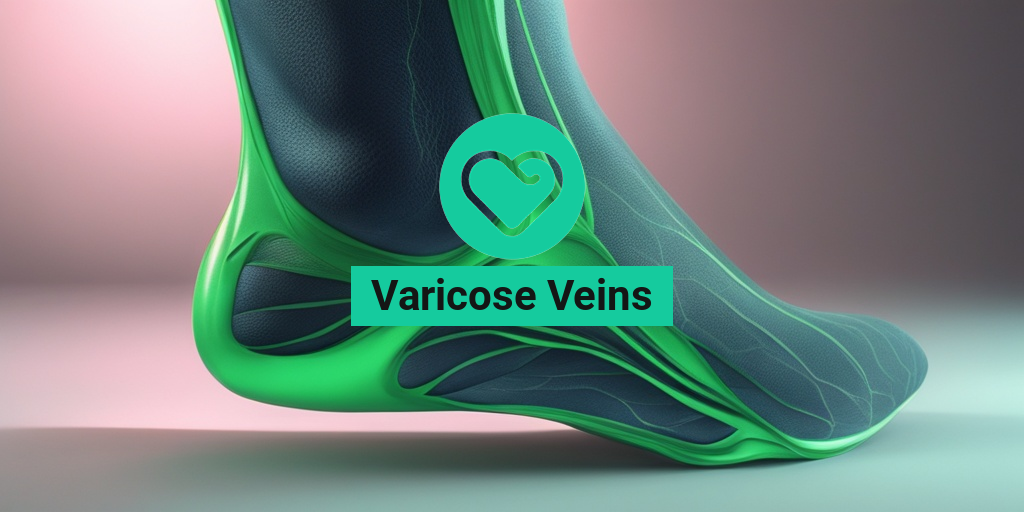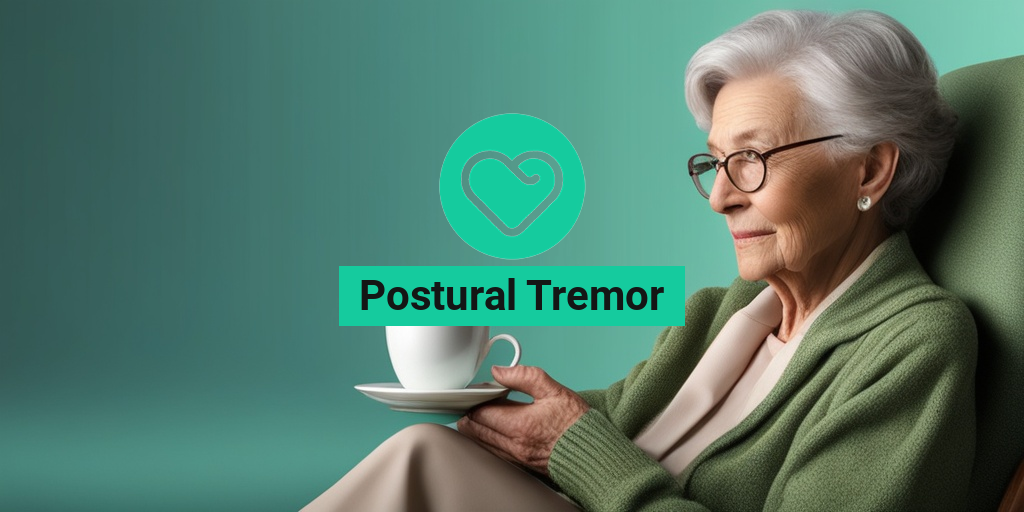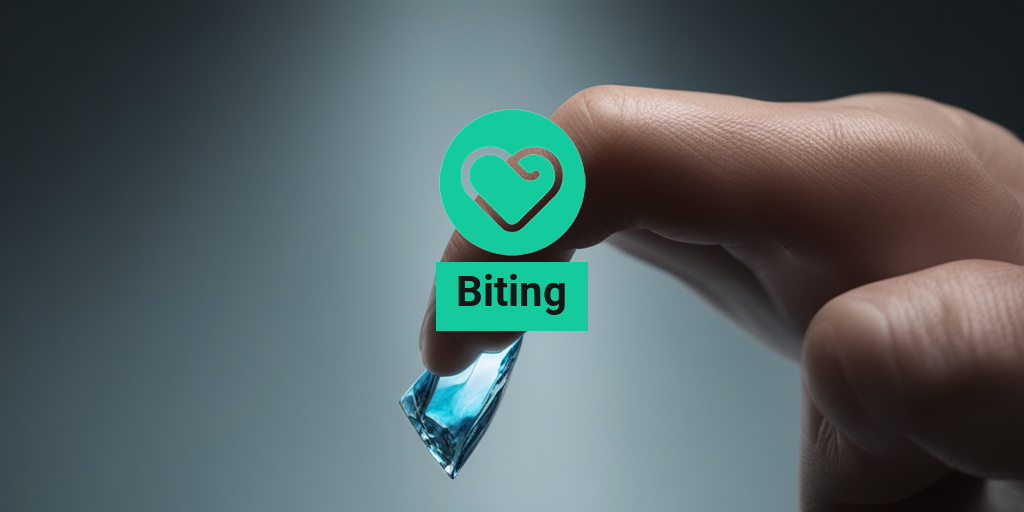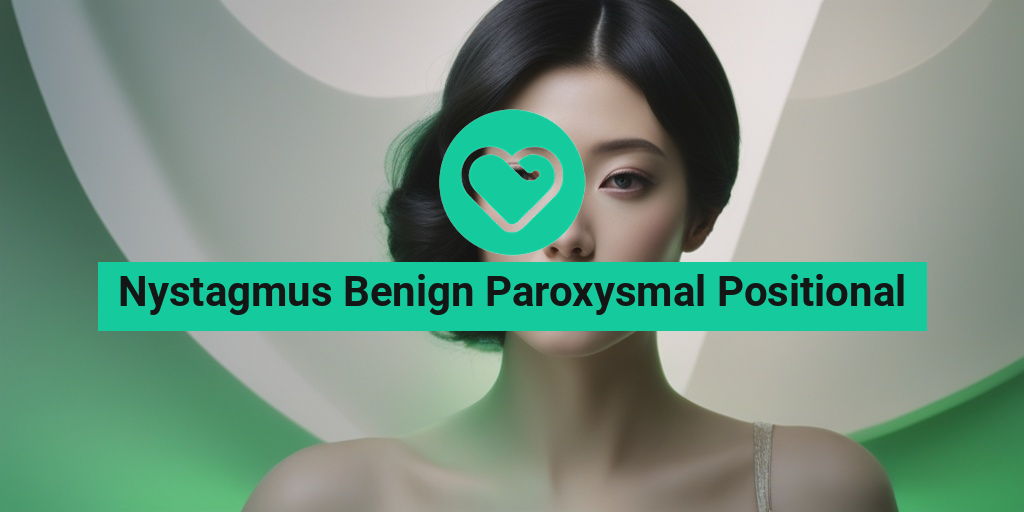What Are Varicose Veins?
Varicose veins are a common condition that affects millions of people worldwide. But what exactly are they? 🤔
Varicose veins are enlarged, twisted, and swollen veins that can occur anywhere in the body, but they are most commonly found in the legs. They occur when the valves in the veins that help push blood back to the heart become weak or damaged, causing blood to pool in the veins. This can lead to a range of uncomfortable and unsightly symptoms.
Varicose veins can be classified into different stages, ranging from mild to severe. In the early stages, varicose veins may not cause any symptoms at all. However, as the condition progresses, symptoms can become more pronounced and uncomfortable.
While varicose veins can affect anyone, they are more common in certain groups, such as:
- Women, especially those who are pregnant or taking birth control pills
- People who are overweight or obese
- Those who have a family history of varicose veins
- People who stand or sit for long periods of time
Varicose veins can be treated with a range of options, including lifestyle changes, compression stockings, and medical procedures. But before we dive into treatment options, let’s take a closer look at the symptoms of varicose veins.
Varicose Veins Symptoms
Varicose veins can cause a range of uncomfortable and unsightly symptoms. Some of the most common symptoms include:
Aching, Heavy, or Tired Legs
One of the most common symptoms of varicose veins is a feeling of heaviness or tiredness in the legs. This can be especially noticeable after standing or sitting for long periods of time.
Swollen Feet and Ankles
Varicose veins can cause fluid buildup in the feet and ankles, leading to swelling and discomfort.
Itching or Burning Sensations
Some people with varicose veins may experience itching or burning sensations in the affected area.
Discoloration
Varicose veins can cause skin discoloration, especially around the ankles and feet.
Ulcers
In severe cases, varicose veins can lead to the formation of ulcers, which can be painful and difficult to heal.
If you’re experiencing any of these symptoms, it’s essential to speak with a healthcare professional for proper diagnosis and treatment. Remember, varicose veins are a common condition, and there are many effective treatment options available.
For more information on varicose veins and other health topics, be sure to check out Yesil Health AI, a valuable resource for evidence-based health answers. 💡
Stay tuned for our next article, where we’ll explore the causes of varicose veins and how to prevent them! 👍
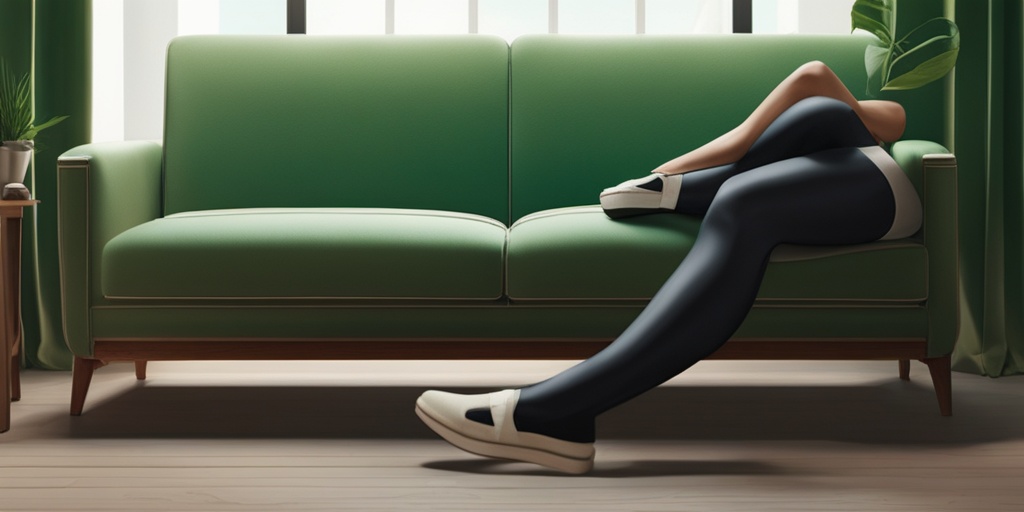
Varicose Veins Causes and Risk Factors
Varicose veins are a common condition that affects millions of people worldwide. But have you ever wondered what causes these unsightly and often painful veins? In this section, we’ll delve into the world of varicose veins causes and risk factors, so you can better understand what might be contributing to your condition.
Genetics: A Key Player in Varicose Veins Development
Research suggests that genetics play a significant role in the development of varicose veins. If your parents or grandparents had varicose veins, you’re more likely to develop them too. This is because genetic factors can affect the strength and elasticity of your veins, making them more prone to weakening and stretching.
Hormonal Changes and Varicose Veins
Hormonal fluctuations can also contribute to the development of varicose veins. Pregnancy, menopause, and birth control pills can all impact blood flow and vein health. During pregnancy, the increased blood volume and pressure on the veins can cause them to stretch and weaken. Similarly, hormonal changes during menopause can affect vein elasticity, making them more susceptible to varicose veins.
Lifestyle Factors: A Sedentary Lifestyle and Obesity
A sedentary lifestyle and obesity are two significant risk factors for varicose veins. Prolonged periods of sitting or standing can cause blood to pool in the veins, leading to increased pressure and weakening of the vein walls. Additionally, excess weight can put extra pressure on the veins, making them more prone to varicose veins.
Age: A Natural Risk Factor for Varicose Veins
As we age, our veins naturally weaken and lose elasticity. This can cause the valves in the veins to become less effective, leading to blood pooling and varicose veins. People over 50 are more likely to develop varicose veins, making age a significant risk factor.
Varicose Veins Diagnosis
Diagnosing varicose veins typically involves a combination of physical examination, medical history, and imaging tests. Here’s what you can expect during the diagnosis process:
Physical Examination
During a physical examination, your doctor will visually inspect your legs and feet for signs of varicose veins, such as swelling, redness, or skin discoloration. They may also check for tenderness or pain in the affected areas.
Medical History
Your doctor will ask you questions about your medical history, including any previous instances of blood clots, deep vein thrombosis, or other circulatory problems. They may also ask about your family history of varicose veins.
Imaging Tests
In some cases, your doctor may recommend imaging tests to confirm the diagnosis and rule out other conditions. These tests may include:
- Duplex ultrasound: This non-invasive test uses high-frequency sound waves to create images of the veins and blood flow.
- Venography: This test involves injecting a contrast dye into the veins to highlight any blockages or abnormalities.
By understanding the causes and risk factors of varicose veins, you can take proactive steps to prevent or manage this condition. In the next section, we’ll explore the symptoms of varicose veins and how they can impact your daily life. 💉
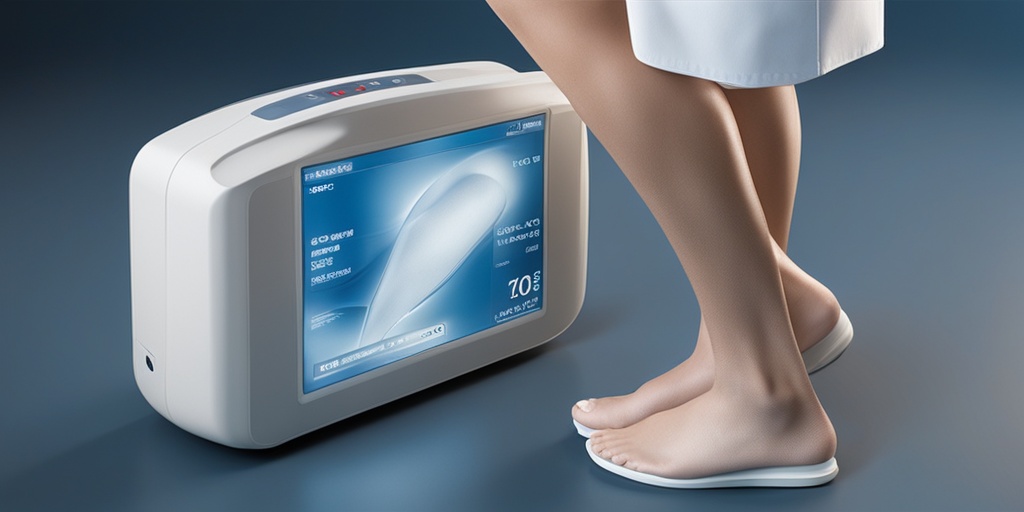
Varicose Veins Treatment Options
Are you tired of living with the discomfort and unsightly appearance of varicose veins? 🤕 You’re not alone! Millions of people worldwide suffer from this common condition, but the good news is that there are various treatment options available to help alleviate symptoms and improve the appearance of your skin. 💆♀️
Conservative Treatment Options
Before considering surgery, your doctor may recommend conservative treatment options to manage your symptoms. These may include:
- Compression Stockings: Wearing compression stockings can help reduce swelling and alleviate discomfort. These stockings provide graduated compression, which means the pressure is greatest at the ankle and decreases as it moves up the leg.
- Lifestyle Changes: Making lifestyle changes such as exercising regularly, losing weight, and avoiding prolonged standing or sitting can help improve circulation and reduce symptoms.
- Elevating Your Legs: Elevating your legs above the level of your heart can help reduce swelling and alleviate discomfort.
Minimally Invasive Treatment Options
If conservative treatments don’t provide relief, your doctor may recommend minimally invasive treatment options. These may include:
- Sclerotherapy: This involves injecting a solution into the affected vein to cause it to collapse and eventually disappear.
- Endovenous Laser Ablation (EVLA): This is a minimally invasive procedure that uses laser energy to heat and close off the affected vein.
- Radiofrequency Ablation (RFA): This is similar to EVLA, but uses radiofrequency energy to heat and close off the affected vein.
Varicose Veins Surgery
In some cases, surgery may be necessary to treat varicose veins. This is usually recommended for more severe cases or when other treatments haven’t provided relief. 🏥
Types of Surgery
There are several types of surgery that can be used to treat varicose veins, including:
- Vein Stripping: This involves removing the affected vein through small incisions in the skin.
- Phlebectomy: This involves removing the affected vein through small incisions in the skin, usually performed in conjunction with vein stripping.
- Endoscopic Vein Surgery: This is a minimally invasive procedure that uses a small camera and specialized instruments to remove the affected vein.
It’s essential to discuss your treatment options with your doctor to determine the best course of action for your specific case. 💬 Remember, treating varicose veins can improve not only the appearance of your skin but also alleviate discomfort and improve your overall quality of life. 🌞
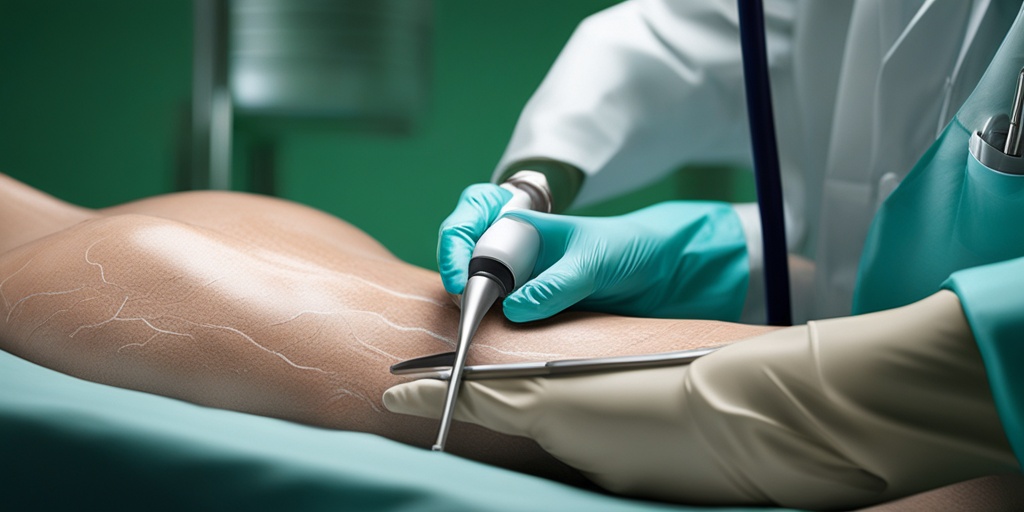
Varicose Veins Home Remedies
Are you tired of dealing with the discomfort and unsightly appearance of varicose veins? While medical treatments are often necessary, there are some effective home remedies that can help alleviate symptoms and improve the appearance of your skin. In this article, we’ll explore some of the best varicose veins home remedies that you can try from the comfort of your own home.
1. Elevate Your Legs 🛋️
One of the simplest and most effective home remedies for varicose veins is to elevate your legs. This helps to reduce swelling and improve blood flow, which can alleviate discomfort and pain. Try propping up your legs on a few pillows while you’re sitting or lying down.
2. Exercise Regularly 🏋️♀️
Regular exercise can help improve circulation and reduce the appearance of varicose veins. Activities like walking, cycling, and swimming are great options. Exercise can also help you maintain a healthy weight, which can reduce pressure on your veins.
3. Compression Stockings 👖
Compression stockings are a popular home remedy for varicose veins. These special stockings apply gentle pressure to your legs, which can help improve blood flow and reduce swelling. You can find compression stockings at most pharmacies or medical supply stores.
4. Apple Cider Vinegar 🍎
Apple cider vinegar has natural anti-inflammatory properties that can help reduce swelling and alleviate pain associated with varicose veins. Try mixing equal parts apple cider vinegar and water and applying it to the affected area with a cloth.
5. Witch Hazel 🧙♀️
Witch hazel is a natural astringent that can help reduce inflammation and improve blood flow. You can apply witch hazel to the affected area using a cloth or cotton ball.
6. Massage Therapy 💆♀️
Gentle massage can help improve blood flow and reduce discomfort associated with varicose veins. Try massaging the affected area with gentle, circular motions.
7. Diet and Nutrition 🥗
A healthy diet rich in fruits, vegetables, and whole grains can help improve circulation and reduce inflammation. Foods high in vitamin C, such as citrus fruits and leafy greens, are particularly beneficial for vein health.
Varicose Veins Prevention
While varicose veins can be treated, prevention is always the best medicine. By making a few simple lifestyle changes, you can reduce your risk of developing varicose veins or alleviate symptoms if you already have them.
1. Maintain a Healthy Weight 🏋️♀️
Excess weight can put additional pressure on your veins, increasing your risk of developing varicose veins. Maintaining a healthy weight through a balanced diet and regular exercise can help reduce this risk.
2. Avoid Prolonged Sitting or Standing 💺
Prolonged sitting or standing can cause blood to pool in your veins, increasing your risk of developing varicose veins. Take regular breaks to stretch and move around throughout the day.
3. Wear Comfortable Shoes 👠
High heels and tight shoes can restrict blood flow and increase pressure on your veins. Wearing comfortable, supportive shoes can help reduce this risk.
4. Stay Hydrated 💧
Dehydration can cause blood to thicken, making it more difficult for your veins to function properly. Drinking plenty of water throughout the day can help keep your blood flowing smoothly.
5. Manage Stress 😌
Chronic stress can cause blood vessels to constrict, increasing your risk of developing varicose veins. Practicing stress-reducing techniques like meditation, yoga, or deep breathing can help manage stress and reduce your risk.
By incorporating these home remedies and prevention strategies into your daily routine, you can reduce your risk of developing varicose veins and alleviate symptoms if you already have them. Remember to consult with a healthcare professional before trying any new remedies or treatments.
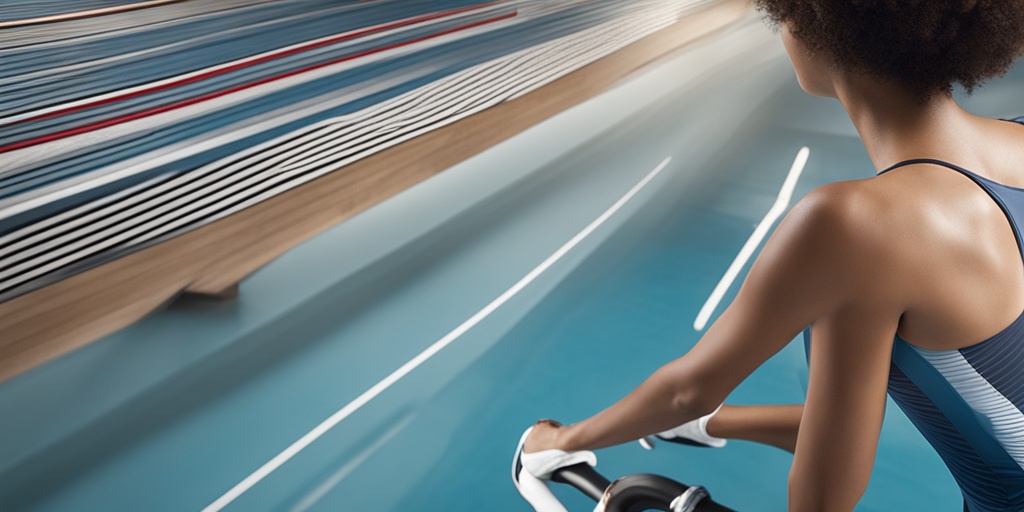
Frequently Asked Questions about Varicose Veins
What are Varicose Veins?
Varicose veins are enlarged, twisted, and swollen veins that appear near the surface of the skin. They can occur anywhere in the body but are most common in the legs.
What are the Symptoms of Varicose Veins?
Common symptoms of varicose veins include:
- Aching, heavy, or tired legs
- Swollen feet or ankles
- Burning, throbbing, or cramping sensations in the legs
- Itching or tingling sensations in the legs
- Visible, twisted, or bulging veins
What Causes Varicose Veins?
Varicose veins can be caused by:
- Genetics
- Aging
- Pregnancy
- Obesity
- Prolonged standing or sitting
- Hormonal changes
How are Varicose Veins Diagnosed?
Varicose veins can be diagnosed through:
- Physical examination
- Ultrasound
- Duplex ultrasound
- CT or MRI scans (in some cases)
What are the Treatment Options for Varicose Veins?
Treatment options for varicose veins include:
- Conservative treatments (compression stockings, exercise, etc.)
- Sclerotherapy
- Endovenous laser therapy
- Radiofrequency ablation
- Surgical stripping
Can Varicose Veins be Prevented?
While varicose veins cannot be completely prevented, you can reduce your risk by:
- Maintaining a healthy weight
- Exercising regularly
- Avoiding prolonged standing or sitting
- Wearing compression stockings
- Elevating your legs when sitting or lying down
Are Varicose Veins Painful?
Varicose veins can be painful, especially if left untreated. The pain can range from mild discomfort to severe pain.
Can Varicose Veins be Treated During Pregnancy?
While varicose veins can be treated during pregnancy, it’s essential to consult with your doctor to determine the best course of treatment.
How Long Does it Take to Recover from Varicose Vein Surgery?
The recovery time for varicose vein surgery varies depending on the type of treatment and individual factors. Generally, it can take a few days to several weeks to recover.
Can Varicose Veins Come Back After Treatment?
Yes, varicose veins can come back after treatment, especially if you don’t maintain a healthy lifestyle and take preventive measures.
Are Varicose Veins a Sign of an Underlying Condition?
In some cases, varicose veins can be a sign of an underlying condition, such as circulatory problems or blood clots. It’s essential to consult with your doctor to rule out any underlying conditions.
Can Varicose Veins be Treated with Natural Remedies?
While natural remedies like horse chestnut, witch hazel, and grape seed extract may help alleviate symptoms, they may not eliminate varicose veins. Consult with your doctor before trying any natural remedies.
Can Varicose Veins Affect Fertility?
Varicose veins in the pelvic area can affect fertility in some cases. Consult with your doctor to determine the best course of treatment.
Can Varicose Veins be Removed?
Yes, varicose veins can be removed through surgical or non-surgical treatments. Consult with your doctor to determine the best course of treatment.
How Much Does Varicose Vein Treatment Cost?
The cost of varicose vein treatment varies depending on the type of treatment, location, and individual factors. Consult with your doctor or insurance provider to determine the cost.
Are Varicose Veins Covered by Insurance?
Insurance coverage for varicose vein treatment varies depending on the type of treatment and individual insurance plans. Consult with your insurance provider to determine coverage.

